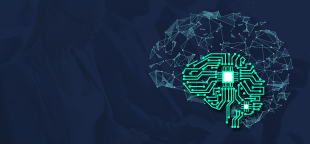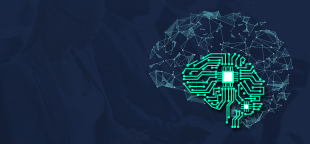In the recent past, there has been an
increasing interest to understand more of self-organising concept in agile and
lean software development teams. Multiple factors have contributed to this
increased interest as, software has become ubiquitous pervading all walks of
life. The problems that are getting solved through software are also increasing
exponentially (problem complexity) and finally we still have not found the
“silver bullet" to effectively build software. The much cited report of
the Standish Group puts successfully completed project at an abysmal rate of 31
(in their 2015 edition)
Increased adoption of agile and lean
development methodologies have also increased the inquiry into the social aspect of software
development, be it for delivering quality software, developer motivation,
sustainable returns and more. Socio-economic realities of the 21st century are
questioning some basic assumptions at the organisational level in terms of
management and organisation theory. Falling birth-rates, increase in disposable
income, new engagement model to deal with knowledge-workers are some of the
management challenges of the 21st century.
All these factors question - ``whether we can build a lasting
organisation? And can we sustain IT organisations of the magnitude of
tens-of-thousand associates".
This talk address the following question –
•
How can we build upon the current body of software engineering
knowledge, from agile and lean software development philosophy to develop a
self-organising institution?
•
What roles do we need at enterprise level to be a self-organising
institution?
•
What are the set of values a self-organising institution needs to
inculcate?
•
What are the best-practices to be adopted to be a successful
self-organising institution?
•
A agile maturity model is proposed for adoption agile philosophy at the
enterprise model, which extends the theory proposed by some of the thought
leaders, as Phil Crosby, Watts Humphrey
and Jerry Weinberg




































